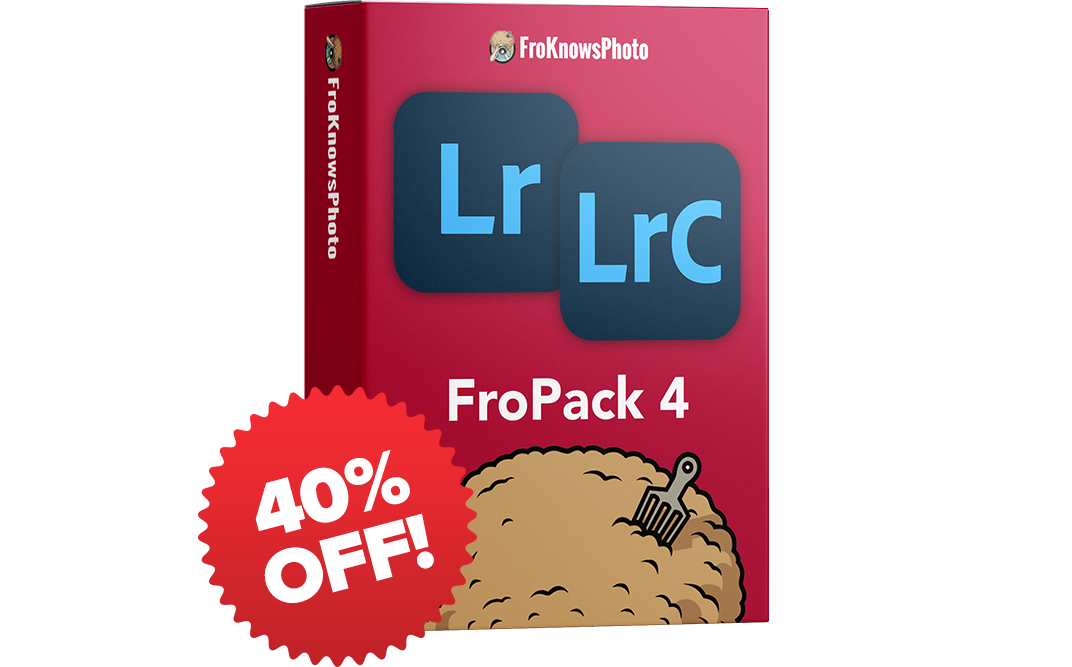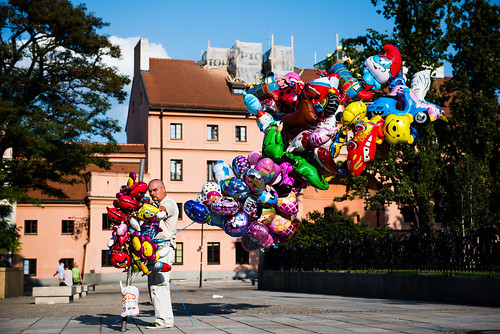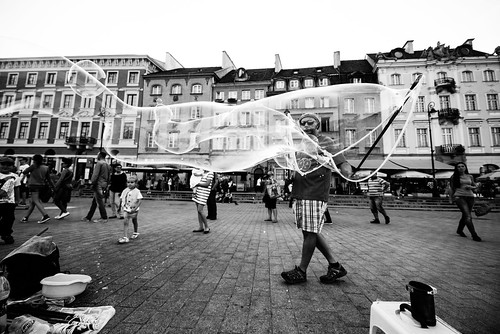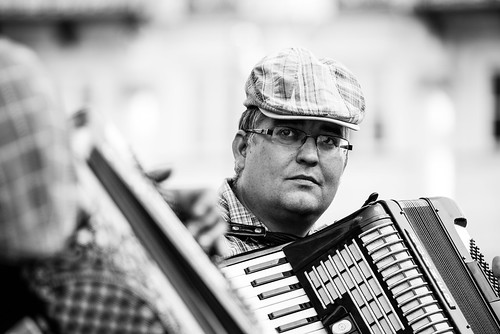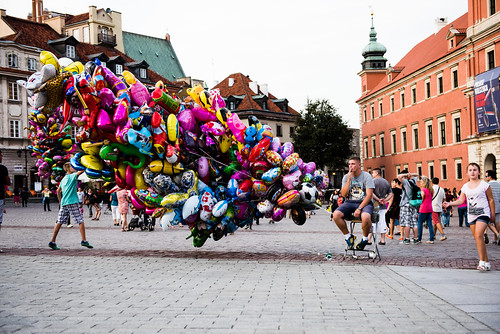Nikon D810 Real World Review
For the FULL RES exported images please click here. Click Here to Download Four RAW Files from the Nikon D810.
When Nikon announced the D810 many people thought it was simply a minor update to the D800. The truth of the matter is that it was a very nice evolution of an already nice camera.
It’s added more FPS, better focus, refined buttons, higher and lower ISO and much more.
Personally I was not a fan of the original D800. Don’t get me wrong, it’s a very nice camera but it had some issues for me. First I thought the files were to large because of the 36 Mega Pixels. Each 14 bit RAW Uncompressed file was 75 megs on my card. To be honest even if they did offer me the RAW S I would not have used it at the time.
One of the main issues I had with the D800 was the fact that the ISO topped out at 6400. At the time it seemed like even lesser cameras could shoot in lower light situations. I think one of the main reasons behind this was the fact that Nikon saw this as a studio type camera. But in this day and age you really want an all around great cameras wether it’s in the studio or on location in low light.
I’ve never really had a tough time deciding on what gear to take with me when I head out on a trip. It’s generally my Nikon D4s with the hebrew trinity and I am all set for anything that comes my way. But when we were getting ready to head to Poland and Germany I was having an internal fight with myself. I wanted to take my D4s because I was comfortable with and I had not touched the D810 yet.
The day before leaving I decided to challenge myself to take the D810 and leave the D4s sitting in it’s bag at home. I still took the hebrew trinity as my lenses of choice but the only body would be the D810.
A lot went into my decision to take only the D810. Sure it’s smaller and lighter than my D4s but it was more about button layout and consistency of design Nikon has across the board with their cameras. You can pick up pretty much any Nikon camera from the D3300 to the D4s and feel comfortable with it in your hands because the button layouts and placements are very similar.
If you would like to purchase a Nikon D810 you can do so right here at Allen’s Camera or Amazon.
What is kind of funny is I didn’t give much thought to the fact that the D810 has no OLPF or AA filter. This is one of those things that may make the images sharper and pop more but not something that will take a crappy picture and make it a winning image. What I can say is the images on the back of the screen after shooting them did look noticeably sharper. Wether this is the case or not could just be in my head but either way I was happy.
One of the concerns when you remove the OLPF and AA filters is that you may get some moire of your stills or video. I did not notice this at all when testing out the camera. So either they have a way of removing it before you see it or it’s not really a big deal.
The main concern with me with any camera I pick up is how is the High ISO? A lot of what I shoot revolves around pushing my ISO to it’s higher limits. In this case the D810 not only bumps the ISO one stop higher than the D800 to 12,800 but one stop lower to 64 ISO. This may not sound like a big deal but the extra stops in both direction play a major part in my overall feelings about this camera.
Just because you have 12,800 ISO doesn’t mean you need to push it that far. Simply being able to shoot at 6400 / 8000 and 10,000 ISO as an option is fantastic. But now to have the ability to shoot at 64 ISO on top of the higher ISO is a fantastic option.
Having such a large spread from 64 to 12,800 means this is an ALL AROUND camera. It’s great in the studio when you want to have the cleanest files possible and it’s great in low light situations when you find you need to bump your ISO.
While in Warsaw Poland for the hands on review I didn’t have the need to push the ISO into the stratosphere. When shooting the break dancers as the light started to go down I was shooting at 1600 ISO. The files look clean at regular size and as always as you zoom in to 1:1 you will start to see grain, again it’s not noise it’s grain. Grain is the building block of photography, without grain you wouldn’t have something to gather light to make the image.
I can not stress enough that there is nothing wrong with your camera or your images if you zoom in 1:1 and see grain. This is perfectly normal and acceptable and in the D810 I know pushing it to it’s higher limits will not be an issue.
Beyond ISO, speed of the camera is very important. How many frames per second can it shoot. In the video I made a mistake and said it was 6 FPS when it is really 5 FPS. Keep in mind you are shooting 75 meg files every time you press that button and to be able to shoot 5 FPS for up to 22 frames is very solid.
It may not be the fastest when it comes to trying to shoot sports but mashing the shutter in the hopes of capturing the moment with BURSTS is not always the best option. But I can not deny the fact that it will be a little slower when trying to capture quick burst of action. You may miss the subtle change you were looking for.
I did a test shooting the break dancers who were spinning on the ground. I decided to see how many frames I could lop off before the buffer got filled. I was able to push through it 22 RAW 14 Bit Uncompressed RAW files before the camera stopped. One, I would never hold the shutter down for close to five seconds to get photos. But for the test it handled itself very well. Always make sure you have a fast professional memory card in your camera to accept the files at the fastest rate possible.
It’s one thing to be able to take so many pictures in a row but it’s another thing to make sure they are in focus. Did the D810 improve it’s focus system over the D800? The quick answer to that is yes. I personally had issues with back focusing of my D800 when I first got it. That was the major factor in me not liking that camera.
The D810 added the focusing system form the D4s which includes the new Group Area AF mode. This mode allows for more accurate focusing of action across multiple AF points. The best test of the auto focus was capturing the break dancers because of how much they were moving. I set the camera to continuous focus in Group Area AF and shot away. The focus was fast and accurate and did not miss often.
I am very pleased by the improved focusing system in this camera. It’s fast and accurate when it comes to shooting fast moving subjects which means it will be perfectly fine when you are shooting subjects that are not moving as fast.
How is it built and how does it feel in the hands? The build quality of the camera is substantial. You have a professional, weather sealed body that is ready for just about anything you throw at it. It feels nice in the hands but of course that will depend on the size of hands you have. I am used to holding the Nikon D4s so the D810 in my hands felt very nice. If you are used to a smaller camera you will notice the difference in size when you pick it up.
One of the major differences between the top of the line cameras and the D810 is the fact that it doesn’t have a built in vertical grip. If you want a grip your going to have to drop a good amount of money to add it to your camera. I personally would prefer having the grip. Not so much because I need it for my hands but for the fact that it’s much easier to shoot vertical images.
I found myself having a hard time shooting vertical because my finger and hand were in an awkward position to shoot pictures. It’s strange but by having to reach your hand over or under depending on how you turn the camera can really mess with your lines and levels. I am known for having some very straight lines and level backgrounds and I found myself having to work much harder to do that with this camera.
You gain more than just a vertical shutter button when add a grip to your camera. You add the ability to have an extra battery or possibly replace the battery tray with the D4s batter for even more life.
Now that we are talking about the battery, how does it do. For still images you can shoot all day without having to worry about running out. The D810 uses the same battery that every Nikon camera form the D7000 to the D810 uses. It’s small, light yet very powerful. When it comes to shooting video in my real world experiences you should get around 2 hours of continuos video recording.
How are the video capabilities of the camera? The D810 now let’s you record video at 1080 at 60 FPS. Having the ability to capturer footage at full HD at 60 FPS means you have more frames to get cleaner slow motion footage. (In the FroKnowsPhoto Guide To DSLR Video you will get a full understanding about the different frame rates along with when to use them and why.)
One thing you will notice when you set the camera to shoot at the highest video frame rate is that you get only 10 minutes of continuos record time opposed to the 20 minutes in 24 FPS 1080. I am not sure why Nikon’s only allow 20 minutes when the Canons can shoot 29:59. Is this a deal breaker? No, it’s pretty rare that you need to shoot a scene for more than 20 minutes.
On the flip side if you are looking to shoot for longer stretches you can always add an Atomos. New to the D810 is the ability to record to an external recorder like the Atomos and still have the footage saved to a memory card. This means you will have a backup to everything you are shooting.
After making the decision to take the D810 over the D4s I could not have been more pleased. At no time during the trip did I feel I was missing something by not having the D4s. The D810 was a little lighter, fit in my bag easier and was a pleasure to shoot. Wether I was pushing the ISO or dropping it to 64 I had everything I needed in the one camera.
The Nikon D810 is a very healthy evolution over the D800 and D800E. It combines everything people loved about those two cameras into one body along with making much needed refinements.
If you own a D800 or D800E you may not feel the need to make the upgrade. In my opinion if you are a full time working pro making money day in and day out I would sell the D800 or D800E and pick up the more refined D810. If you are a casual shooter not making money day in and day out the upgrade is probably not needed.
With the introduction of the Nikon D750 many people are asking themselves should they save the money and get that over a Nikon D810. I am going to produce a video between the D610, D750 and D810 where I talk about the pros and cons of them all to help you make the decision.
What I can say is after using the D750 and the D810 on shoots a lot will depend on your shooting style. The D810 is built much more solid and feels like a more professional camera than the D750. When it comes to stills they both do a fantastic job but again the D810 feels like a more professional camera in your hands. It’s also built more solid, is weather sealed and should stand up to the elements better.
If your consideration is video only, than you have a decision to make because the D750 and D810 share pretty much the same video features. The D750 adds the vary angle screen which the D810 does not have.
So that brings us to the end of the Nikon D810 hands on review. It won me over and it will have a place in my bag any day of the week. I would not hesitate to take this camera on a shoot with me as my only camera in place of the D4s.
For the FULL RES exported images please click here. Click Here to Download Four RAW Files from the Nikon D810.
If you would like to purchase a Nikon D810 you can do so right here at Allen’s Camera or Amazon.
